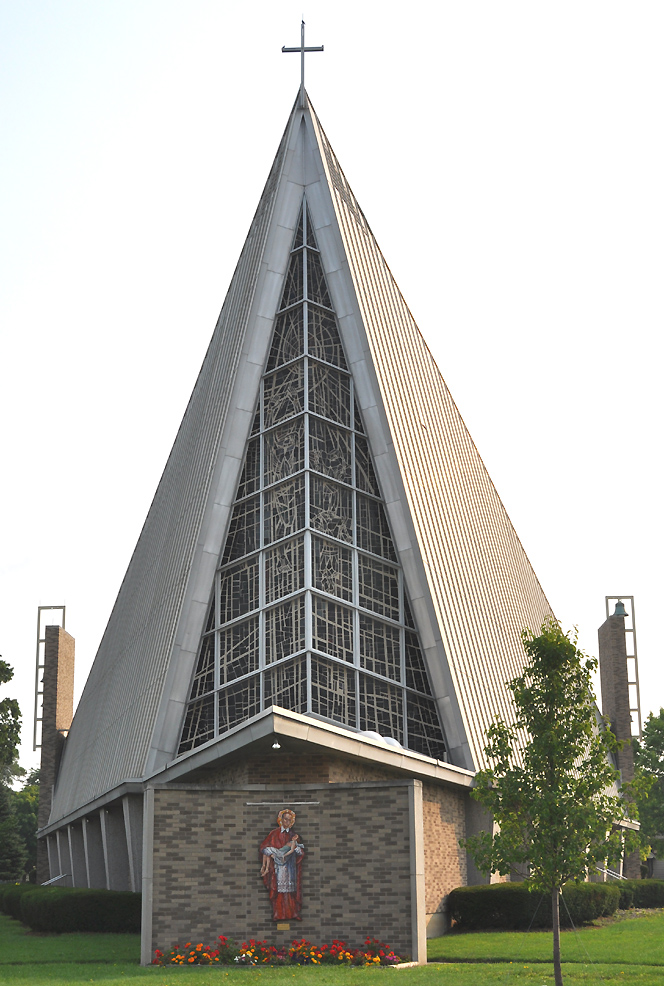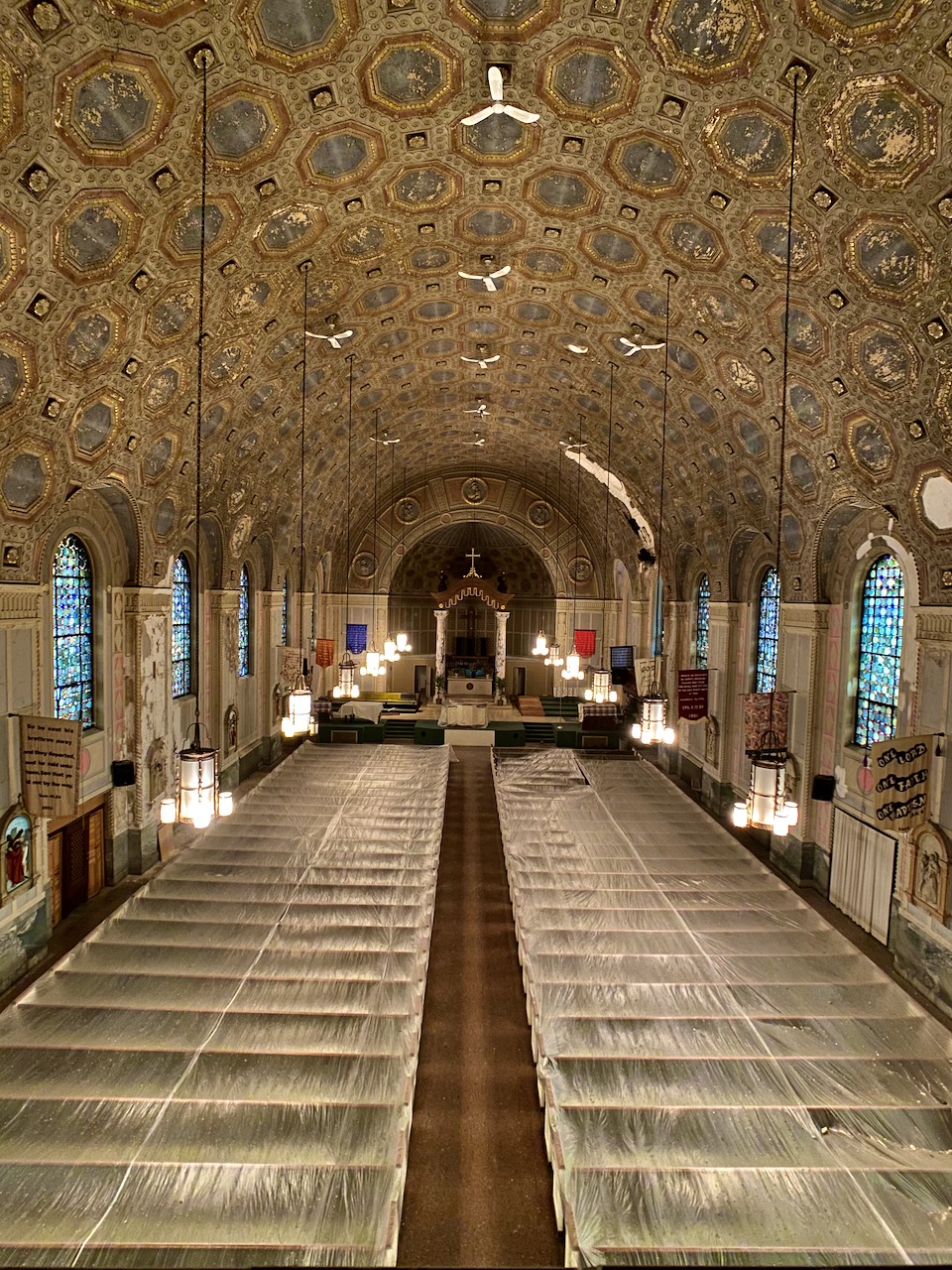Why Logan Ohio Churches Are Key to the City's Spiritual Life
Why Logan Ohio Churches Are Key to the City's Spiritual Life
Blog Article
Checking Out Historic and Modern Churches for All Beliefs
The exploration of contemporary and historical churches functions as a profound lens whereby we can examine the development of belief and area characteristics throughout societies. From the intricate styles of ancient cathedrals to the minimal looks of modern prayer rooms, these frameworks envelop the significance of their time and area. They are not simply churches; they are representations of social values and cumulative desires. As we consider the significance of these spiritual websites, one need to ponder how they remain to form interfaith discussion and neighborhood engagement in today's diverse world.
Architectural Styles Via the Ages
As architectural expressions of spirituality, churches have actually progressed dramatically over the centuries, showing the diverse doctrinal and social influences of their times - Logan Ohio Churches. The building styles of churches are as differed as the belief systems they represent, each style symbolizing specific spiritual doctrines and community worths
Very early Christian architecture arised from Roman basilicas, defined by straightforward, longitudinal frameworks featuring a nave and aisles. As the Center Ages advanced, Gothic architecture took hold, marked by pointed arches, ribbed safes, and flying buttresses, which enabled bigger discolored glass home windows that lit up interiors with magnificent light. The Renaissance duration brought a rebirth of timeless aspects, emphasizing proportion and proportion, while Baroque design presented fancy information and remarkable forms, symbolizing the majesty of spirituality.
In the 19th and 20th centuries, the increase of numerous movements, such as Arts and Crafts and Modernism, showed social adjustments and a departure from typical forms. Today, contemporary churches often blend contemporary products and cutting-edge designs, welcoming sustainability and area engagement. This rich tapestry of architectural styles shows the ongoing discussion in between faith and layout, showcasing how churches remain to adjust to the spiritual demands of varied populaces throughout the globe.
Famous Historic Churches

An additional remarkable example is the Notre-Dame Basilica in Paris, celebrated for its French Gothic style. Its detailed façade and sensational tarnished glass windows mirror centuries of devotion and artistry, making it a symbol of both belief and durability, specifically after its current remediation following the devastating fire in 2019.
In the Americas, the historic Goal San Juan Capistrano in The golden state showcases Spanish colonial style, highlighting the early Catholic missions that played a critical function in the region's cultural growth.

Furthermore, the Hagia Sophia in Istanbul, originally created as a cathedral, stands for a mix of Christian and Islamic heritage, showcasing the abundant tapestry of background that churches typically personify. Each of these historical churches not only offers as a location of praise however additionally as a social landmark, protecting the narratives of diverse communities across time.
Modern Church Innovations
Modern churches are increasingly embracing innovative layouts and modern technologies to boost the prayer experience and foster neighborhood engagement. These technologies manifest in numerous kinds, from architectural innovations to electronic combination. Many modern churches include open, versatile spaces that can be quickly reconfigured to fit diverse tasks, such as services, social events, and academic programs.
Integrating technology is vital in contemporary church design. Premium audio-visual systems, online streaming capabilities, and interactive displays allow congregations look what i found to link not only within their wall surfaces yet likewise with a more comprehensive target market online. This electronic outreach has actually become essential for keeping community connections, particularly in an era where lots of individuals look for spiritual connections past typical settings.
Lasting layout methods likewise play an important function in modern-day church advancements. Many organizations are opting for environmentally friendly products and renewable resource resources, mirroring a commitment to ecological stewardship that reverberates with congregants.
Furthermore, the integration of art and creative thinking into worship spaces, via installments, multimedia, and murals discussions, serves to enhance the spiritual environment, making the experience extra immersive. These technologies collectively reflect a change towards a more inclusive and dynamic strategy to prayer and neighborhood life.
Neighborhood Influence of Churches
Churches play a crucial duty in forming and boosting neighborhoods, frequently tipping up to deal with regional demands and obstacles. Beyond their spiritual features, these institutions regularly involve in social outreach and offer vital services that foster community communication. Numerous churches operate food financial institutions, sanctuaries, and counseling solutions, dealing with concerns such as hardship, being homeless, and psychological health and wellness.
Moreover, churches typically work as meeting place for area occasions, promoting discussion and unity amongst varied groups. By holding curricula, workshops, and cultural events, they encourage individual development and cumulative empowerment. Their involvement in regional advocacy efforts amplifies the voices of marginalized areas, contributing to social justice campaigns.
Additionally, churches usually team up with local companies, enhancing their influence through collaborations that combine sources and know-how. This interconnectedness strengthens community ties and promotes a feeling of belonging amongst locals.
Fundamentally, churches are not just churches; they are indispensable to the social material of their areas. Their diverse payments-- spiritual assistance, social services, and area activism-- play an indispensable function in fostering durability and positive modification Homepage within culture.
Going To Churches All Over The World
When exploring the varied landscapes of spirituality, going to churches around the globe uses an unique window right into the creative and social expressions of belief. Each church acts as a testament to the history and worths of the community it represents, reflecting neighborhood practices and building styles.
From the majesty of St - Logan Ohio Churches. Peter's Basilica in Vatican City to the minimal appeal of Tokyo's St. Mary's Basilica, these spiritual areas symbolize an abundant tapestry of human experience. The intricate discolored glass of Chartres Basilica in France tells scriptural tales, while the lively murals of the Ethiopian Orthodox churches show the country's distinct spiritual heritage
Along with showcasing artistic proficiency, churches typically function as facilities of area and social involvement, organizing events that enhance bonds amongst congregants. Lots of likewise use possibilities for interfaith discussion, advertising understanding and regard amongst various idea systems.
Taking a trip to these churches enables site visitors to value the global styles of hope, love, and empathy that transcend cultural obstacles. Whether one recognizes with a particular faith or otherwise, the experience of going to these sacred sites enriches our understanding of the human pursuit for definition and link.
Final Thought

The exploration of historical and contemporary churches serves as a profound lens through which we can take a look at the advancement of belief and neighborhood dynamics across cultures. Today, contemporary churches commonly mix modern-day materials and ingenious designs, welcoming sustainability and area interaction.Throughout history, numerous churches have actually arised as famous sites, each telling a distinct story of belief, community, and artistry.Modern churches are progressively embracing ingenious designs and innovations to enhance the prayer experience and foster neighborhood engagement.Furthermore, churches typically serve as event places for area events, facilitating dialogue and unity amongst diverse teams.
Report this page